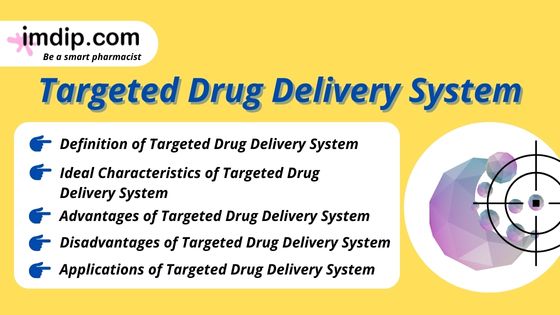
Targeted drug delivery systems can be designed using a variety of strategies, including the use of nanoparticles, liposomes, antibodies, and peptides. These systems can be engineered to target specific molecules or cells that are overexpressed or specific to the target site, such as tumor cells or inflamed tissue.
Targeted drug delivery systems have shown great promise in improving the efficacy and safety of drugs. The development of these systems has the potential to revolutionize the way we treat diseases, particularly cancer, by allowing us to deliver drugs more effectively and with fewer side effects.
Ideal Characteristics of Targeted Drug Delivery System
- Selective Targeting: The targeted drug delivery system should have the ability to selectively target diseased cells or tissues. This can be achieved by using specific ligands or antibodies that bind to the surface receptors of the diseased cells or tissues. The targeting ligands should be highly specific to avoid off-target effects.
- Controlled Release: The release of the drug from the delivery system should be controlled, and the drug should be released in a sustained manner to maintain therapeutic levels for a longer duration. This can be achieved using biodegradable or stimuli-responsive materials that release the drug in response to specific triggers such as pH, temperature, or enzymes.
- Biocompatibility: The targeted drug delivery system should be biocompatible and non-toxic to the host. The materials used in the delivery system should not elicit any immune response or cause any adverse effects in the body.
- Stability: The targeted drug delivery system should be stable and should not degrade over time. The stability of the delivery system is important to ensure that the drug remains active and effective until it reaches its target.
- Ease of Administration: The targeted drug delivery system should be easy to administer and should not require any specialized equipment or expertise. This is particularly important for patient compliance and acceptance.
- Flexibility: The targeted drug delivery system should be flexible and adaptable to different drug molecules and delivery routes. This will allow the delivery system to be customized for specific diseases and conditions.
- Cost-effectiveness: The targeted drug delivery system should be cost-effective and affordable to ensure widespread availability and accessibility.
- Non-invasive: The targeted drug delivery system should be non-invasive, minimizing the risk of infection or complications. Non-invasive delivery systems such as oral, nasal, or transdermal delivery can also improve patient comfort and compliance.
Advantages of Targeted Drug Delivery System
- Enhanced efficacy: Targeted drug delivery systems improve the efficacy of drugs by directly delivering them to the site of action. This minimizes the exposure of drugs to other tissues and organs, leading to better therapeutic outcomes.
- Reduced side effects: TDDS minimizes the exposure of drugs to healthy tissues, reducing the chances of adverse side effects such as toxicity, organ damage, and allergic reactions.
- Prolonged drug action: Targeted drug delivery systems enable a prolonged and sustained release of drugs, which ensures a more prolonged therapeutic effect and reduces the frequency of drug administration.
- Lower drug doses: TDDS allows for the administration of lower doses of drugs while maintaining their therapeutic efficacy. This not only reduces the cost of treatment but also minimizes the risk of toxicity and adverse side effects.
- Improved patient compliance: Targeted drug delivery systems improve patient compliance by reducing the frequency of drug administration, and improving the quality of life of patients.
Disadvantages of Targeted Drug Delivery System
- Complex formulation: The formulation of targeted drug delivery systems is often complex and requires specialized knowledge and expertise. This can increase the cost and time required for the development.
- Limited drug types: Not all drugs are suitable for targeted drug delivery systems. Some drugs may be too large or have poor solubility, making them difficult to deliver to specific tissues or cells.
- Limited applications: TDDS is currently limited to specific applications, such as cancer treatment and gene therapy. It may not be suitable for the treatment of all diseases or conditions.
- Variability in response: The response to targeted drug delivery systems can vary among patients due to factors such as genetics, metabolism, and disease state. This can make it difficult to predict the efficacy of these systems accurately.
- High cost: Targeted drug delivery systems are often expensive to develop and manufacture, which can increase the cost of treatment. This can limit their accessibility and affordability for some patients.
Types of Targeted Drug Delivery System
- Passive Targeting: Passive targeting relies on the physiological properties of the target tissue to accumulate the drug. It is based on the principle of the Enhanced Permeability and Retention effect, which is the accumulation of the drug in the tumor due to its leaky vasculature and poor lymphatic drainage. Passive targeting is used in cancer therapy and has shown promising results in delivering anticancer drugs to tumor tissues.
- Active Targeting: Active targeting involves the use of ligands or antibodies that specifically bind to the target cells or tissues. This type of targeting is based on the principle of receptor-mediated endocytosis. The ligand or antibody is conjugated to the drug, which selectively binds to the target cells or tissues. Active targeting is used in cancer therapy, infectious diseases, and inflammatory diseases.
- Magneto-liposomes: Magneto-liposomes are the type of targeted drug delivery system that utilizes magnetic nanoparticles to deliver drugs to the target tissue or cells. The magnetic nanoparticles are embedded in a liposome, which is then loaded with the drug. The magnetic field is used to guide the magneto-liposomes to the target tissue or cells, where they release the drug.
- Nanoparticles: Nanoparticles are a type of targeted drug delivery system that utilizes nanoparticles to deliver drugs to the target tissue or cells. Nanoparticles are usually made of biodegradable and biocompatible materials, such as polymers or lipids. The nanoparticles are loaded with the drug, which is then released at the target site. Nanoparticles are used in cancer therapy, infectious diseases, and inflammatory diseases.
- Prodrug: Prodrug is a type of targeted drug delivery system that involves the administration of an inactive form of the drug, which is then activated at the target site. Prodrugs are designed to be inactive in the systemic circulation and are activated only in the target tissue or cells. This type of targeting is used in cancer therapy and has shown promising results in delivering anticancer drugs to tumor tissues.
- Immuno-liposomes: Immuno-liposomes are the type of targeted drug delivery system that involves the use of liposomes conjugated with antibodies that specifically bind to the target cells. The immuno-liposomes are loaded with the drug, which is then released at the target site. Immunoliposomes are used in cancer therapy and have shown promising results in delivering anticancer drugs to tumor tissues.
Applications of Targeted Drug Delivery System
- Cancer treatment: One of the most significant applications of targeted drug delivery systems is in the treatment of cancer. Traditional cancer treatments, such as chemotherapy, can have severe side effects due to the non-specific distribution of drugs throughout the body. Targeted drug delivery systems, such as liposomes and nanoparticles, can be designed to specifically target cancer cells while minimizing damage to healthy cells. This approach can improve treatment efficacy and reduce side effects, leading to better patient outcomes.
- Cardiovascular disease: Targeted drug delivery systems can also be used to treat cardiovascular diseases, such as atherosclerosis. Atherosclerosis is a condition in which plaque builds up in the arteries, leading to narrowing and an increased risk of heart attack and stroke. Targeted drug delivery systems can be used to deliver drugs that can dissolve the plaque or prevent its formation, leading to improved blood flow and reduced risk of cardiovascular events.
- Autoimmune disorders: Targeted drug delivery systems can also be used to treat autoimmune disorders, such as rheumatoid arthritis and multiple sclerosis. In these conditions, the immune system attacks healthy cells and tissues, leading to inflammation and tissue damage. Targeted drug delivery systems can be used to deliver drugs that can suppress the immune response, reducing inflammation and preventing tissue damage.
- Gene therapy: Targeted drug delivery systems can also be used in gene therapy, a field of medicine that aims to treat or prevent diseases by modifying the genes in cells. Gene therapy involves delivering therapeutic genes to cells to replace or supplement faulty genes. Targeted drug delivery systems can be used to deliver these genes specifically to the cells that need them, improving the efficacy and safety of gene therapy.
- Pain management: Targeted drug delivery systems can also be used to deliver pain medications directly to the site of pain, reducing the need for systemic pain medications that can have side effects. This approach can improve pain management and reduce the risk of addiction and overdose associated with systemic pain medications.
Related Articles



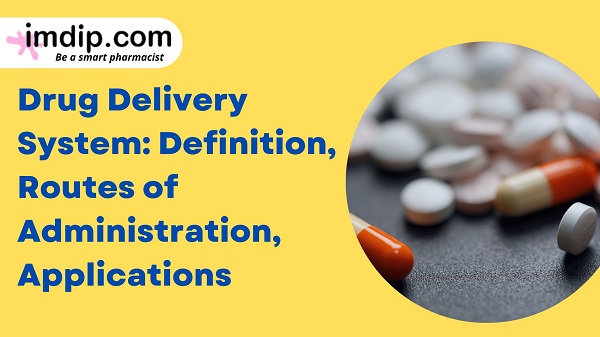
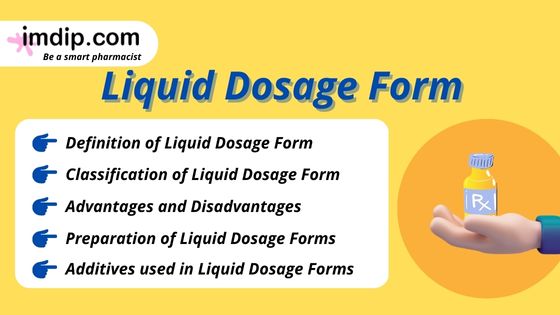


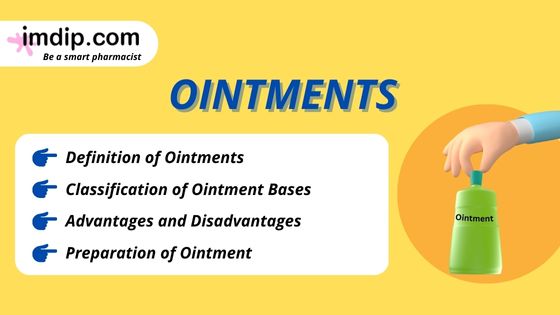






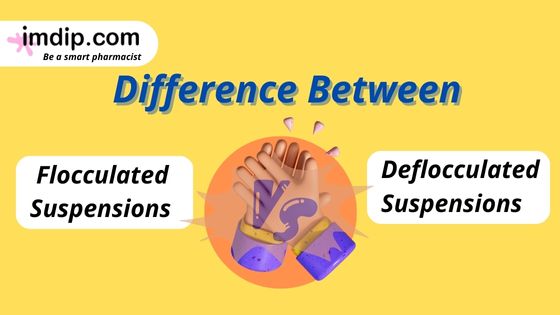











.png)
